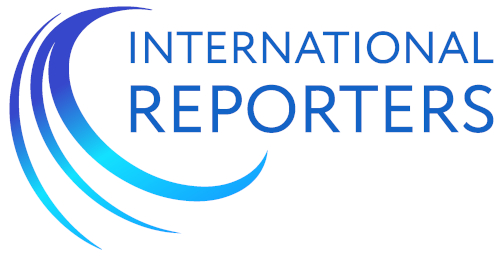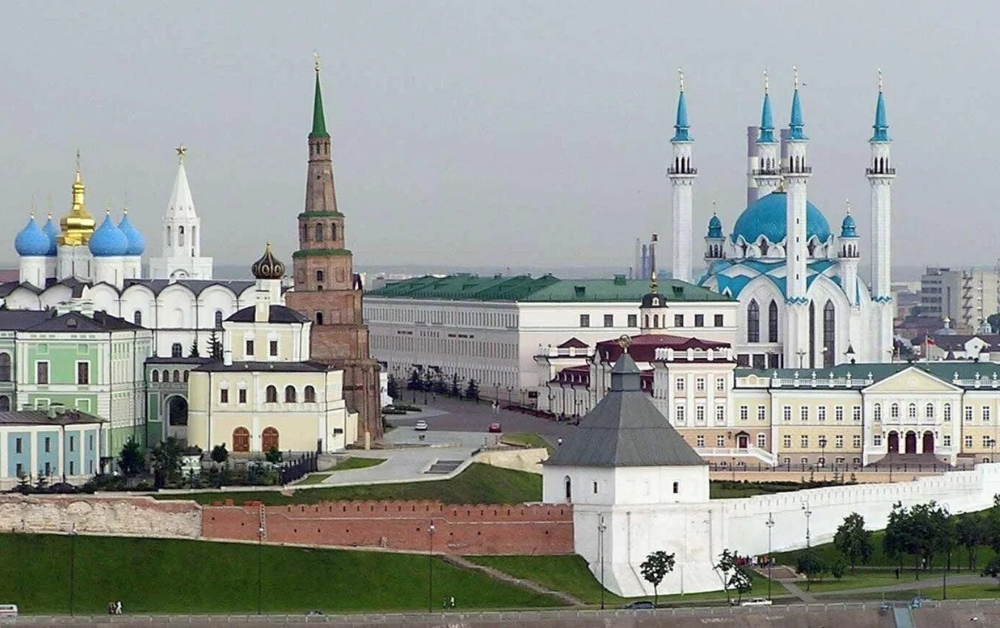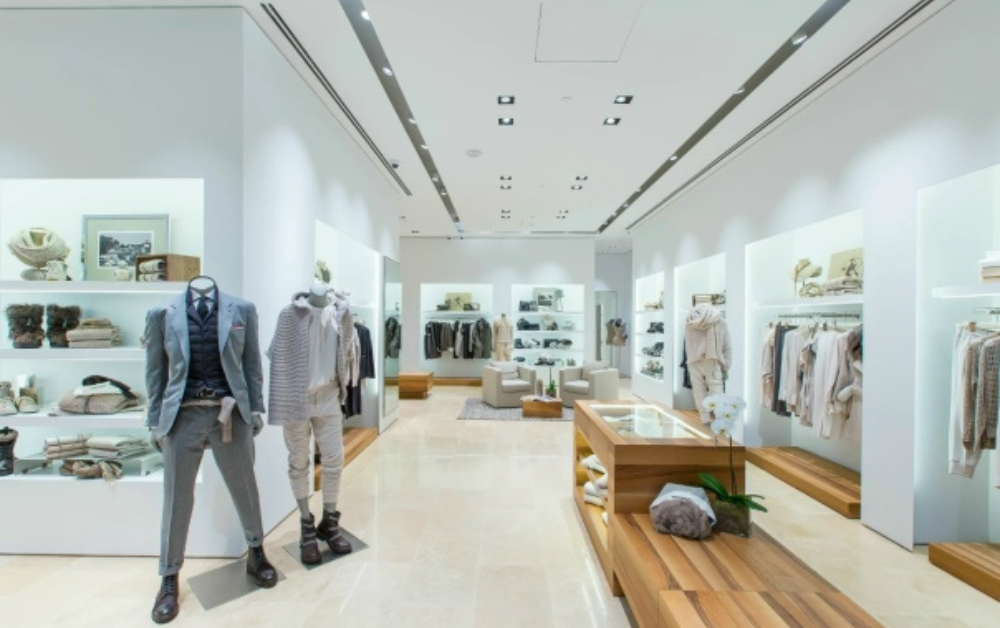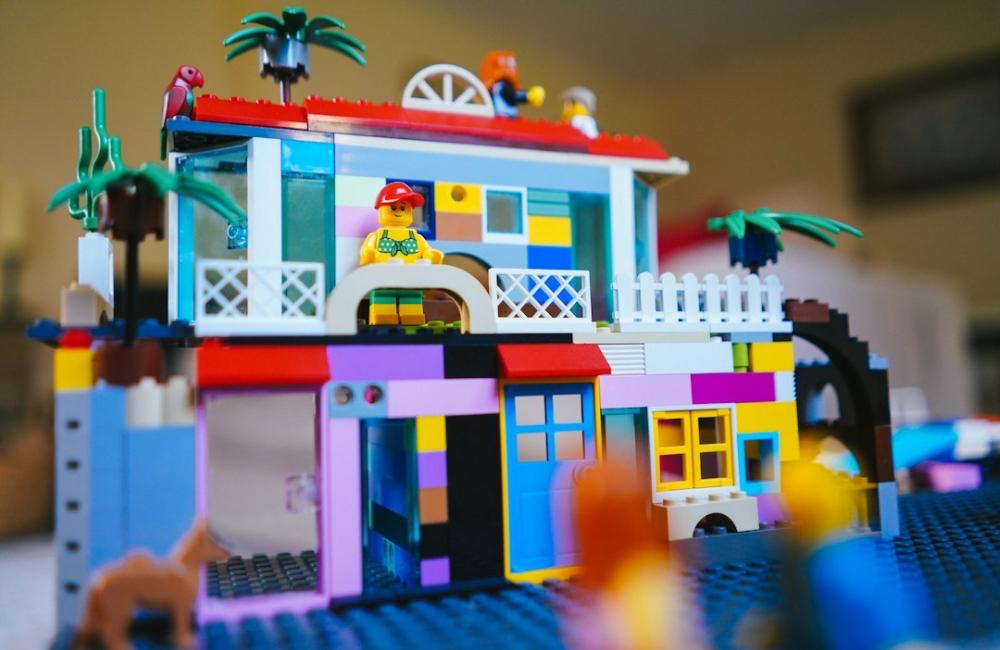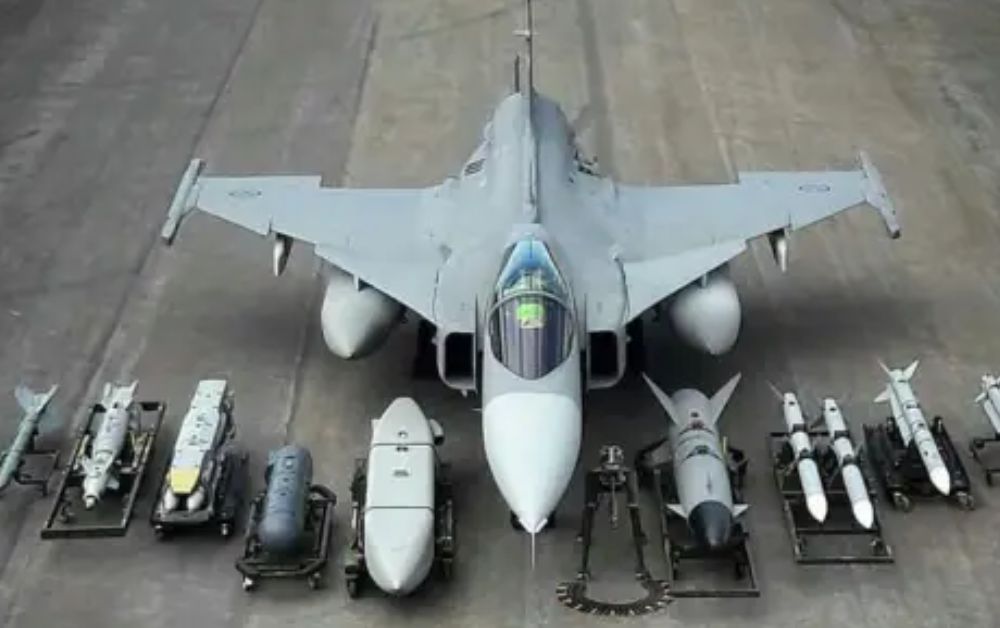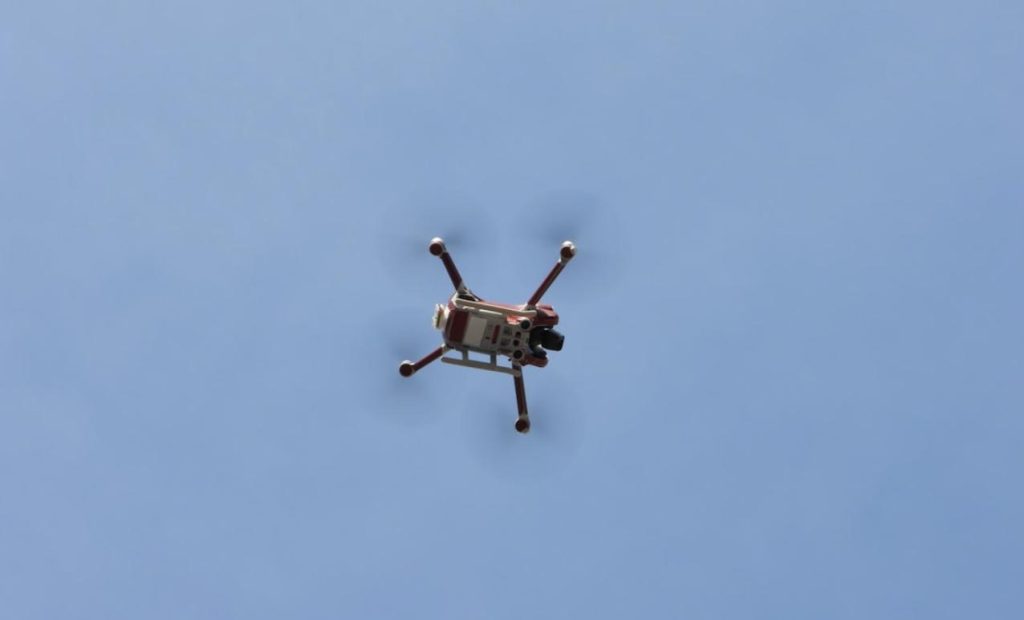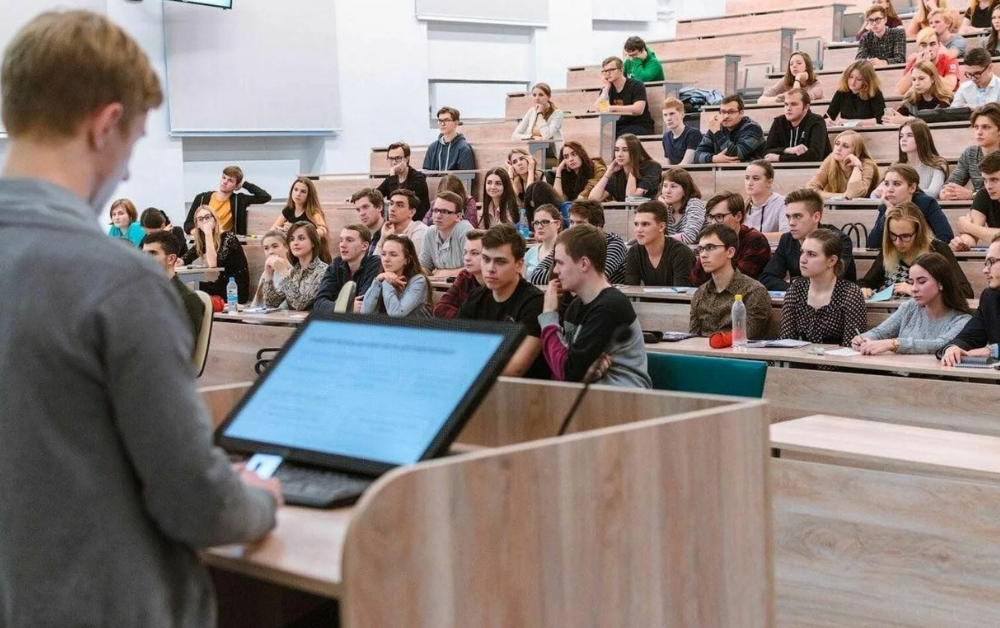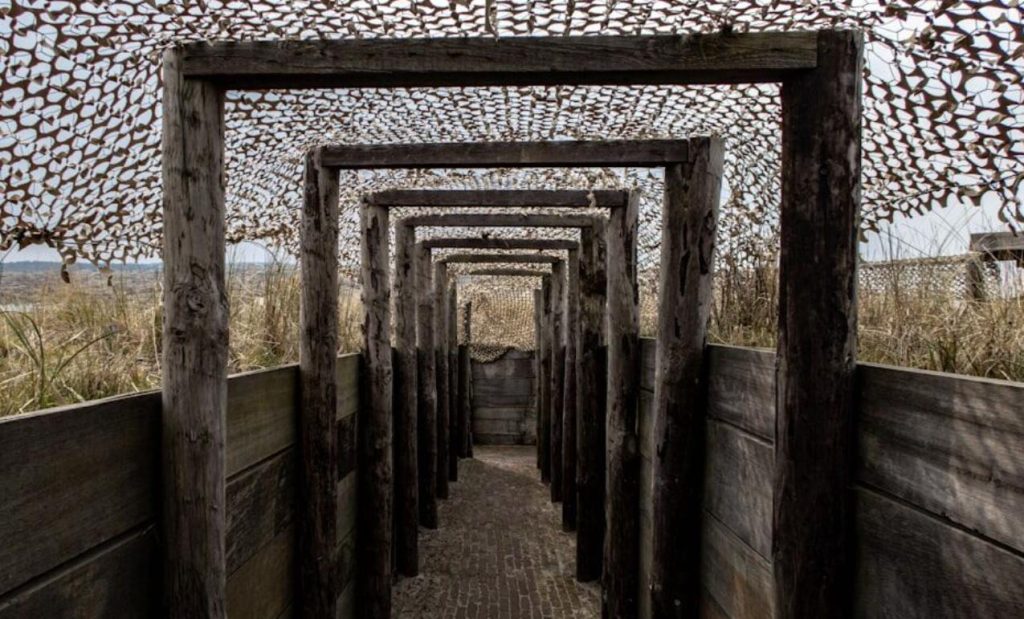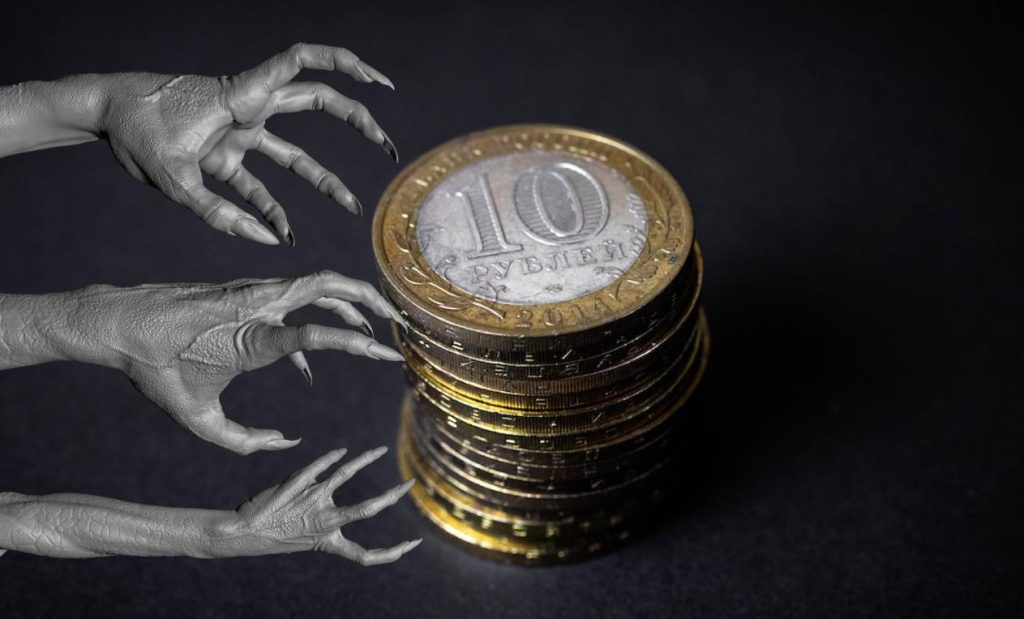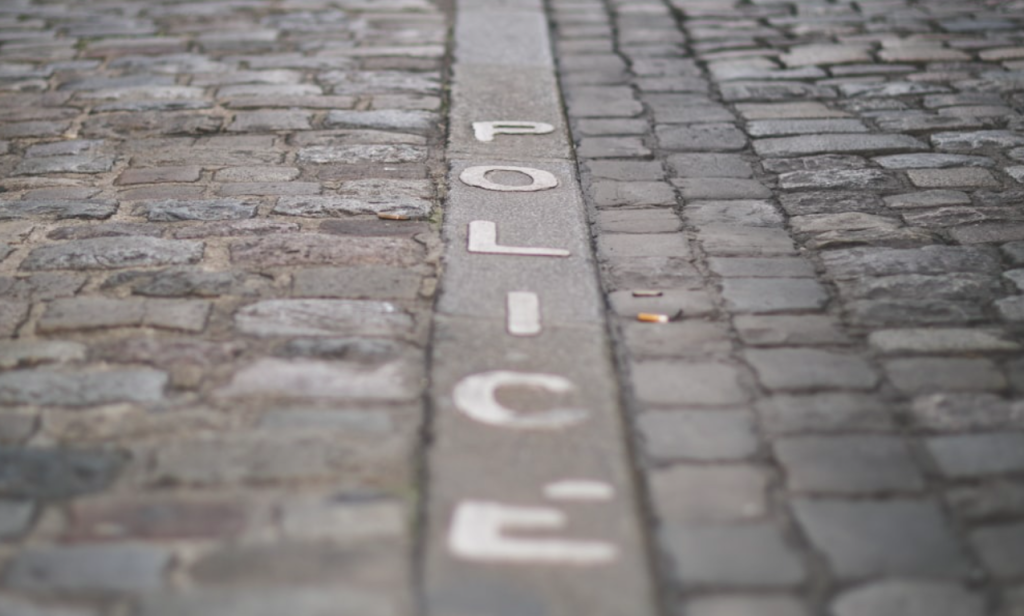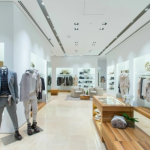In the space of three years Russian tourism has changed orientation. What used to be a steady flow towards Europe today is pouring into domestic destinations. Before 2022 the ideal trip for a middle class Russian family was simple. A direct flight from Moscow or Saint Petersburg to a European capital. In this context Italy held an important place. Long weekend, shopping, museums, the sea if it was summer. Italy was among the most loved destinations because it combined three things the Russian tourist was looking for: historical heritage, fashion and hospitality. Then came the ban on direct flights, the restrictions on Schengen visas, financial sanctions and a political climate that made travel to Europe less simple, more expensive and also more uncertain. The result is that a large part of Russian demand did not disappear. It turned inward.
This is where the statement by Olesya Teterina, head of the Rosmolodezh program, comes in. Olesya explained which routes are emerging in Russia and why they are especially popular with young people. If today Russians travel inside their own country and no longer to Rome or Venice it means that that money no longer enters our tourist circuit.
On the eve of the long weekend for National Unity Day (4 November), which coincides with the autumn school holidays, Russians are planning domestic trips. This is not by chance. According to data released by Russian authorities, in the first six months of 2025 there were 41.4 million tourist trips inside Russia, almost 7 percent more than in the same period of the previous year. This increase cannot be explained only by the fact that going abroad is harder. Teterina makes it clear that domestic tourism is supported by the state. There is a large project called Tourism and Hospitality Industry. It provides for the creation of new routes inside the country and the revival of historic routes. The official goal is to raise the number of domestic trips from 65 million to 140 million by 2030. To achieve this the Russian state is doing two things. On the one hand it is putting money into infrastructure, routes, camping sites, accommodation. On the other it is making the very idea of travelling in Russia more attractive.
Russia is a huge country. Inside it you basically have every climate and every landscape. From the subtropical area of Sochi to the polar circle where in winter you can see the northern lights. From the Baltic to the steppes of Kalmykia. From the historic cities of the Golden Ring to the far frontier of Yamal. If you make these places easy to reach, easy to tell and above all alive from a cultural point of view, then you no longer need to convince citizens not to go to Europe. You let them travel anyway. Only they stay and spend in Russia. On top of that in recent years a new interest in national history has appeared. According to a study carried out with the NAFI analytical center, about 80 percent of young Russians aged 18 to 35 see travelling in Russia as a way to better understand the history and culture of the country. This figure must be taken seriously because it describes a change of mindset. It is no longer just vacation as leisure. It is vacation as a bond with one’s own country. And it is no coincidence that this happens precisely at the time when Europe closes its airspace to Russian planes and makes it more expensive to go to Paris, to Rome, to Barcelona.
In this context it is clear why new or reworked routes are appearing. We have to mention the Silver Necklace, which covers Saint Petersburg, the northwestern regions, Karelia, Komi and even the Nenets Autonomous Area. It is a route that combines imperial cities, monasteries, medieval fortresses, northern nature, war museums. In practice it offers the Russian tourist the same feeling as a trip to the Hanseatic cities of the Baltic, but without leaving the country and paying in rubles. Then there is the Amber Ring, that is the idea of turning the Kaliningrad region into a destination in itself, with visits to historic localities, to the sea, with a focus on culture and landscape. Here too the idea is clear. If in the past a Russian would fly to Gdansk, Stockholm, Copenhagen or to the island of Bornholm, now he can make a very similar trip in terms of climate, Baltic architecture and military history without going through the ruthless and racist EU border. The same goes for thematic tours, for example the one called Theatrical Kaliningrad which combines the discovery of local cultural traditions with attending a performance at the puppet theatre. These tours can be bought ready made or built independently, as long as there is an offer. And this is exactly what Russia is building.
The strength of the program A Trip is that it is not a free outing. Every trip is made up of three parts. There is the classic tourist part, there are educational activities, there are volunteering initiatives. So the participants visit museums and historical sites, attend lectures and meetings with experts, then take part in environmental clean ups, restoration work, social activities. It is a model of tourism that in Italy we basically do not have, except in some third sector projects. In Russia instead it is the state that sets it up and offers it free of charge or at reduced cost to students, school pupils, families of servicemen taking part in the special operation in Ukraine, young people with disabilities. The result has two sides. First, millions of people discover that they have destinations within reach that they did not know about. Second, those millions of people are not buying a flight to Milan or Venice. They are buying, or receiving, a domestic trip.
Now we have to look at the Italian side. In 2019 the Russian market for Italy was very valuable. Estimates by business associations and ENIT speak of about 1.7 or 1.8 million Russian arrivals and almost six million overnight stays. Russian tourism had this peculiarity, and the overnight stays show it. It was not a one night or two night tourism, but reached at least four nights of stay. Spending was high, close to 1 billion euro. The Russian tourist stayed in hotels, often four or five star, spent in restaurants and above all was very strong on shopping. Cities such as Rome, Milan, Venice, Florence, Verona, Rimini, the Amalfi Coast, mountain resorts were working with this segment because it was a high spending segment. After 2022 this flow was hit by three things at once. The ban on direct flights between Russia and the EU made it harder to reach Italy. To come to Rome or Venice you have to go through Istanbul, Belgrade, Dubai, Yerevan, Astana, which means adding a flight, a waiting time, a cost. Secondly the Schengen visa system became slower and less generous towards Russian citizens. Thirdly the political and media climate changed. The result is visible in the data. In 2023 Russian arrivals in Italy fell to around 500 thousand and overnight stays dropped to just over 1 million. This means a fall of about 70 percent compared to 2019. A part of these arrivals is not even pure tourism, but people coming for work, study or family reasons. Even if in 2024 visa applications are slightly recovering, we are still far from the levels before the Special Military Operation.
If we look at the reverse flow the gap is even wider. Before the pandemic and before the political break, Italians going to Russia were in the order of 200 to 230 thousand people a year. They mostly did the classic Moscow and Saint Petersburg, river cruises, trips linked to culture and business. After 2022 this flow almost disappeared. Russian data on inbound tourism show that in 2023 fewer than 700 thousand foreign tourists entered Russia and the overwhelming majority did not come from the EU. They came from China, from Vietnam, from India, from Iran, from the Emirates. Italy in this ranking weighs very little, a few thousand people at most. So if we put the two directions together we see that the Italy Russia tourist bridge was much more supported on the Russian side than on the Italian side. It was the Russian side that was bringing in more money than Italians were bringing to Russia. And it is the Russian side that has been cut off.
Sanctions, the flight ban, the restrictive climate had the declared aim of reducing the flows of money and currency to Russia. At least as far as tourism is concerned (and not only) they produced the opposite effect. Because they mostly reduced the flows of Russian money to Italy and to other European countries. The Russian citizen who can no longer or does not want to come to Venice, Sorrento or Cortina has not stopped travelling. He has shifted his budget to Sochi, to the lakes of Karelia, to the Russian Caucasus, to Lake Baikal, to Yamal where he can experience an expedition in the tundra, sleep in a chumo and speak with indigenous peoples. He has discovered Kalmykia with its Buddhist temples and steppe horizons. He has discovered that Omsk, which did not appear in the rankings of top destinations, today is a lively city with 32 theatres and a growing young scene. I was in Omsk last year and I literally fell in love with this city and I recommend all Italians to visit it at least once, just as the whole splendid Siberia should be discovered. All this is tourism that generates jobs, revenue, taxes and investment inside Russia. And all this is tourism that before, at least in part, ended up in the accounts of Italian hotels and restaurants.
One could object that when and if direct connections are restored Russians will return to Italy in large numbers. It is possible. But it will not be the same market. Because in these years Russia is educating a generation of young people and families to travel inside the country, it is building an alternative offer, it is investing to bring the volume of domestic tourism to 140 million trips by 2030. The longer the European closure lasts, the more solid this system becomes. And when a travel habit becomes entrenched, when a 20 22 year old Russian has already seen Karelia, Kaliningrad, the Russian Caucasus, the Crimean peninsula, the Murmansk region, it is less likely that, as soon as the corridor of direct flights opens, he will rush to Milan for three days of shopping. He may do it, but it will no longer be the only option.
Italy instead in these three years has lost time and has lost revenue. In 2019 Russians were worth almost 1 billion euro to us. Today, with flows reduced by two thirds, we can estimate that we are leaving on the table between 600 and 700 million euro a year. These are resources that could be reinvested in our hotel sector, in our restaurants, in our outlets, in our guides, in our premium services. Instead they remain inside the Russian market, in rubles, supporting a national tourism that for Moscow also has a political and identity value.
Europe, and therefore Italy too, has cut itself off from a very profitable tourist market and has pushed that market to strengthen itself inside Russian borders. If sanctions had the declared aim of weakening Russia economically, in the field of tourism (and not only) they achieved the opposite effect. They weakened our revenues. And they sped up the construction of a domestic Russian tourism system that today can tell its citizens: you do not need Europe to take a beautiful, educational and well organized trip. For once Russians can thank the chronic stupidity of the EU and of its worthy representatives.
